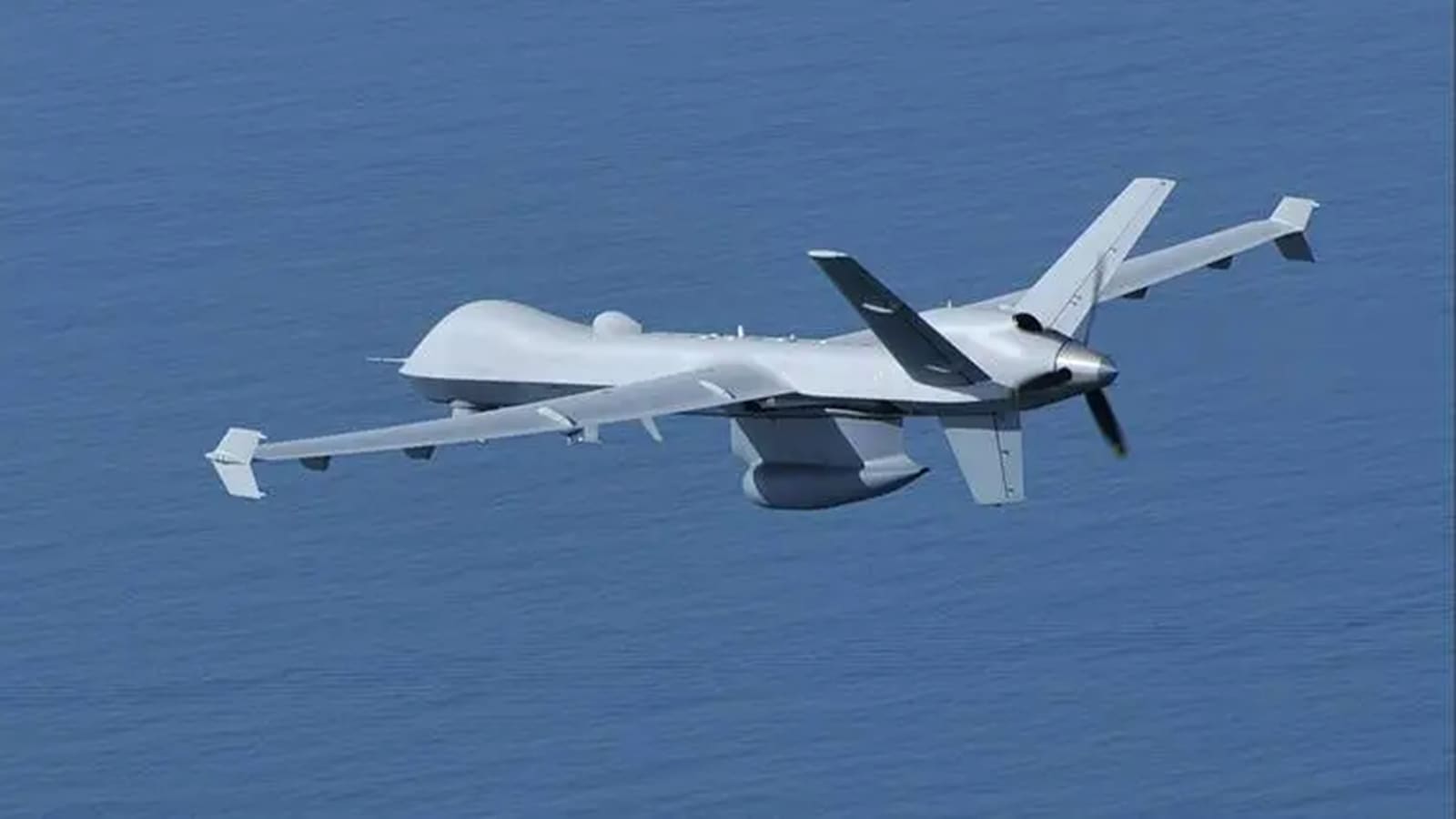As we approach a month since the launch of Operation Sindoor, it is an opportune moment to step back and assess the broader strategic insights emerging from this short but intense conflict. Much of the public conversation so far has remained fixated on tactical details such as counting destroyed targets, comparing aircraft losses, and evaluating the performance of weapon systems.
While such tactical assessments are necessary for refining military operations and capability development, they offer only a limited view. The real value lies in strategic takeaways and insights that can help us anticipate the contours of the next India-Pakistan crisis and shape our national response.
For India, the operation validated the new strategic doctrine of punitive military response to major terror attacks. Prime Minister Narendra Modi has stated that India will not distinguish between governments sponsoring terrorism and terrorist masterminds. This means that India will impose direct costs on the Pakistan military for acts of terrorism. In Operation Sindoor, while the initial targets were terrorist camps, the conflict rapidly escalated with strikes on military targets deep within Pakistan.
The use of military force in responding to terror attacks has risen sharply from the 2016 surgical strikes and the 2019 Balakot airstrikes to the current operation. It is now clear that cost-imposition has become a fundamental part of India’s counter-terrorism strategy.
Pakistan understands that its nuclear posturing is no longer a deterrent for India to use military force, albeit in a limited manner. However, that does not mean that its nuclear forces have lost their utility. While there was no overt nuclear signalling in this crisis, it is possible that Pakistan raised the nuclear bogey with the US, which led to a flurry of calls between Washington, New Delhi, and Islamabad one day before the ceasefire was announced.
In the future, Pakistan may possibly lean even more heavily on its nuclear deterrent, seeking to constrain India’s conventional options to a level Islamabad believes it can absorb without catastrophic losses. Although India has decisively won this round, the damage to Pakistan’s military infrastructure is not so crippling that it would be prohibited from retaliating swiftly to any Indian future military strike.
Notions of victory and defeat are now not defined by material losses but by dominating the war of narratives. Both sides have declared victory — India in targeting terror camps and winning the escalation battle, and Pakistan in responding decisively to Indian aggression and causing aircraft losses. A flood of fake news and misinformation obscures facts, and wins could be scored irrespective of the facts on the ground. By cherry-picking metrics that define success, it is easy to sell your own story to a domestic public audience.
Drones, missiles, and standoff precision weapons are now the favoured weapons of war. While neither the air forces nor ground troops crossed into each other’s territory, significant damage was caused to Pakistan’s military infrastructure by BrahMos missiles and air-launched SCALP and Hammer munitions. Pakistan claimed to have shot down Indian fighter jets using beyond-visual-range air-to-air missiles while remaining in their airspace.
There is an attractiveness to the use of unmanned and long-range systems as they minimise human losses and appear almost risk-free. It has been reported that the Indian military is now shopping for kamikaze drones, loitering munitions, missiles, and counter-drone systems. Pakistan is also exploring purchasing additional armed drones from China and Turkey.
How the next crisis could unfold
Based on the lessons internalised by both sides, how could the next India-Pakistan crisis unfold? It would likely be more technologically advanced, faster-paced, and potentially broader in scope.
The 2025 clash has been dubbed by some analysts as South Asia’s first drone war. However, it was limited in scale and scope compared to the Ukraine conflict, where drones occupy a dominant space on the battlefield. In a possible conflict, swarms of armed drones, guided by AI and real-time data, could be used to overwhelm air defences and strike military installations. The side that masters drone warfare and counter-drone measures will have a significant edge. Additionally, precision-guided munitions will be ubiquitous, increasing lethality and the speed at which critical targets are destroyed. We could possibly also expect the geography of the conflict to expand.
The expansion of geography will also move to the digital realm. There will be an attempt by both sides to dominate the information domain by shaping the narrative from the very start of the conflict. India needs to start putting in place an effective information warfare strategy to deal with fake news and disinformation that would immediately flood social media at the start of the crisis. There could also be more disruptive cyberattacks on critical infrastructure.
Despite both sides accepting that limited military action under a nuclear overhang is possible, the nuclear shadow will still loom large. Pakistan could start its nuclear signalling very early in the conflict to bring in international mediation before India brings its conventional superiority to bear. India has warned that Pakistan’s nuclear blackmail does not deter it and is unlikely to halt operations unless it has some clear results to show that it has dominated the conflict. If misread, the conflicting signals from both sides could lead to a rapid escalation.
As India sharpens its military response to cross-border terrorism, its diplomatic posture must evolve in parallel. Indian diplomacy should not remain reactive or solely crisis-driven. Instead, it must proactively shape the strategic environment by building international consensus on Pakistan’s role in sponsoring terrorism and ensuring that global powers are not blindsided when the next crisis erupts. The seamless alignment of clear political objectives, military strength and diplomatic finesse will define India’s ability to shape the outcomes.
The writer retired as General Officer Commanding-in-chief of the Indian Army’s Northern Command

